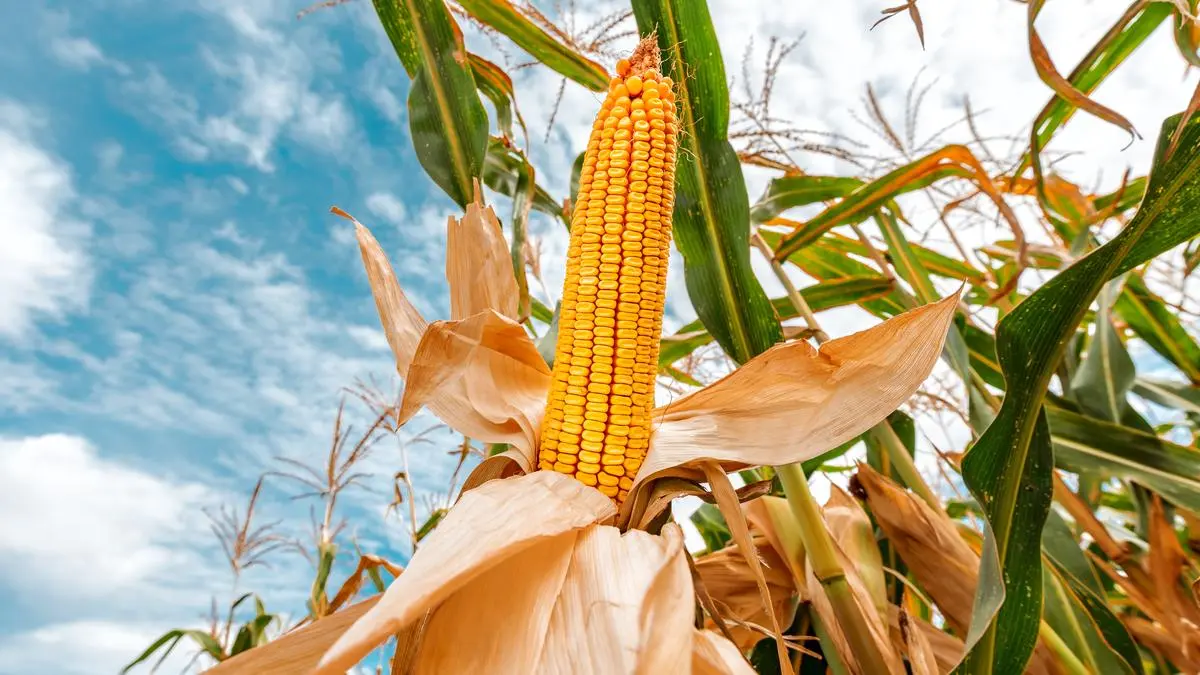
The government recently approved two gene edited rice varieties with potential of better yield, but it is yet to be released for commercial cultivation
| Photo Credit:
iStockphoto
,
India needs both genetically-modified (GM) and gene-edited technologies, but the only thing that should be weighed to approve any such technology is how farmers will benefit from it, said T Mohapatra, chairman of Protection of Plant Varieties and Farmers’ Rights Authority.
Addressing the two-day event DialogueNEXT in New Delhi, organised by World Food Prize Foundation in partnership with Indian Council of Agricultural Research (ICAR) and other organisations, Mohapatra said agriculture scientists need to first interact with farmers before undertaking any research projects to find out in what respects the research outcome would benefit them for which it intended to be carried out.
Later speaking to businessline on the sidelines, Mohapatra, also a former director general of ICAR, explained: “Both (GM and gene editing) are exceedingly powerful technologies. When there is no gene in the plant, you can get it from anywhere and put into the plant to express a trait…In contrast to GM approach, gene editing works when there is a resident gene, but it has a malfunction. So, you can correct it and for that gene editing is the best way to do that. This is a targeted approach to change a gene sequence for better.”
He also saidt all that are done by transgenic approach, can also be done by gene editing, as it can be resident gene from some other crop, which is edible. “What we see today is unlimited technology and innovations are still continuing,” he said.
Gene editing advantage
Further, Mohapatra said through gene editing, using other technologies (other than SDN 1 and SDN 2), one can also replace existing gene with a better gene. One can also introduce a new gene by gene editing, he added.
The government recently approved two gene edited rice varieties with potential of better yield, but it is yet to be released for commercial cultivation.
Meanwhile, addressing the DialogueNEXT 2025 where the theme is “Take it to the Farmer”, which resonates with Indian government’s “Lab to Land” programme, Bram Govaerts, Director-General, CIMMYT and Borlaug Institute for South Asia, said India’s leadership and innovations in agriculture are important to unlock gains in productivity, sustainability and access across every facet of the agri-food value chain.
“The emerging global mega trends are posing complex challenges on agri-food systems which need smallholder farmer-centric, systemic solutions and their accelerated uptake,” said Mangi Lal Jat, ICAR’s Director General. This essentially needs greater investments in cutting-edge science, innovations and partnerships across discovery to delivery, he added. Since India’s agricultural transformation is happening at a faster pace, it can serve as a smallholder agriculture innovation hub for the Global South, he said.
Published on September 8, 2025
